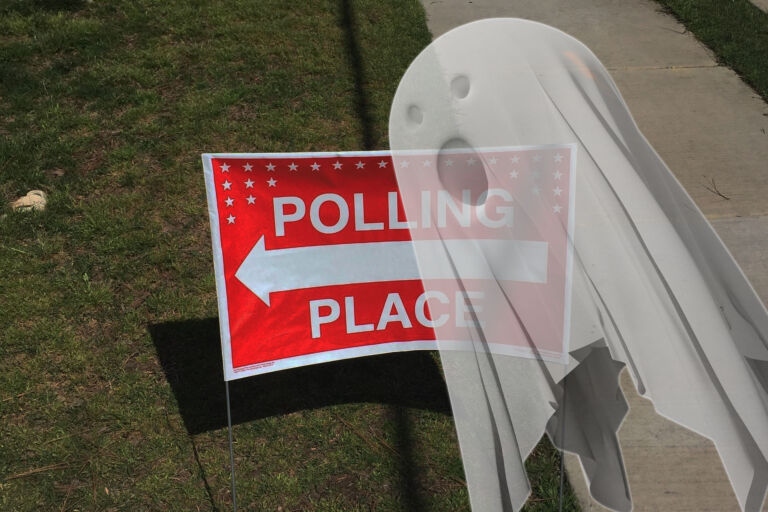My latest article for the American Institute for Economic Research takes note of the fact that, thanks to Eric Rowell of Hunterville’s question, the celebrated “economic impact” study for Charlotte’s proposed Transformational Mobility Network has no opportunity costs built into the model. “None.”
This is a perennial problem with economic impact studies, as we have shown frequently. The best reading on this aspect, and why it’s such a huge problem, is Roy Cordato’s March 2017 report, “Economic Impact Studies: The Missing Ingredient Is Economics.”
Part and parcel of ignoring opportunity costs — methodology that rules out even the “possibility that a new project could cause a net reduction in income, output, or employment” — involves use of a “multiplier” for spending. Cordato explained:
The idea is that, as the initial spending works its way through all the interconnections among and between industries included in the I-O tables, its impact is multiplied. The multiplier is a number by which the initial spending is multiplied to generate the final “economic” impact. … It is through this multiplier process that a dollar spent on a project may, at least within the context of the model, end up “contributing” many more times to “output, earnings, and employment.”
Cordato also pointed out that “these studies ignore the first principle of production theory, taught in every first-year microeconomics class — the law of diminishing returns.”
For the Charlotte transit plan, I wrote:
For Charlotte, the plan with no admitted opportunity costs featured impressive multipliers. Every aspect would generate positive impacts, up to 2.0 to 2.7 times the original investment. Even spending $100 million on sidewalks would result in up to $240 million in economic impact.
If they believe that to be the case, then it strikes me as strange that
investigative reporting revealed that the plan’s cost was actually going to be 167% to 250% higher than originally projected. Stated cost projections given to Charlotte city council members were between $8 billion and $12 billion. By obtaining internal emails among city officials, WBTV reporter David Hodges uncovered June 22 that they were actually projecting it at $20 billion.
The fact that discovering this higher expense took investigative reporting instead of it being shouted from the rooftops shows that the project’s “everybody wins” multiplier effects aren’t credible. It’s being regarded as bad news that the project will cost much more than advertised. If that spending were truly expected to bring in much greater returns than the amount the public was made to spend on it, then more than expected spending would be good news.


